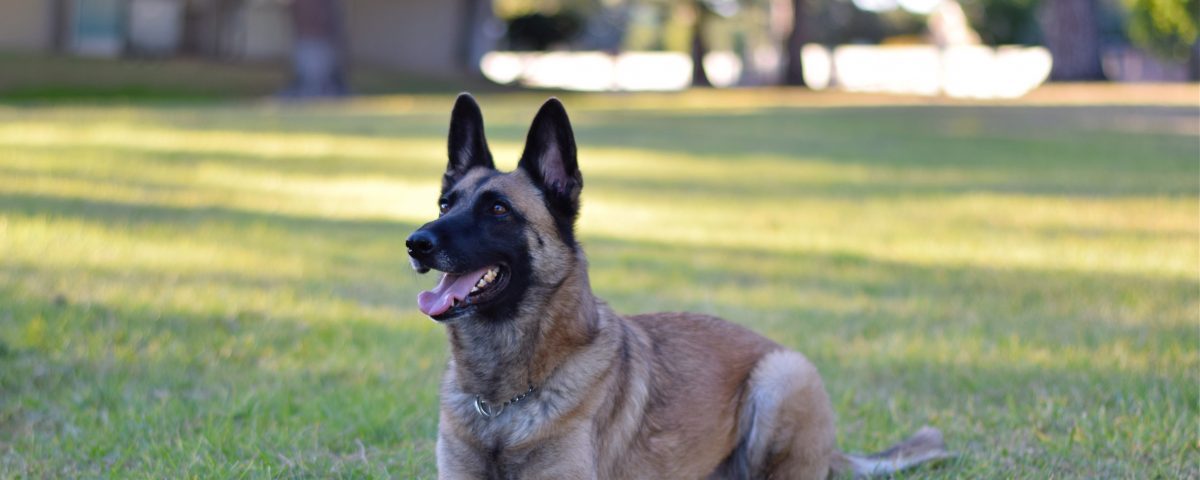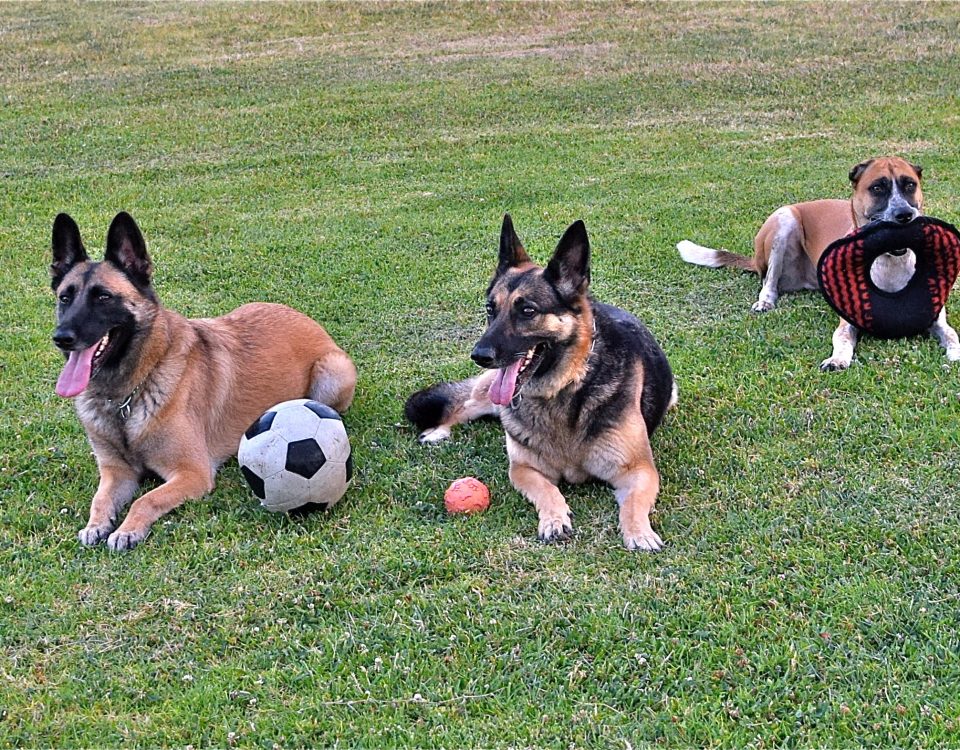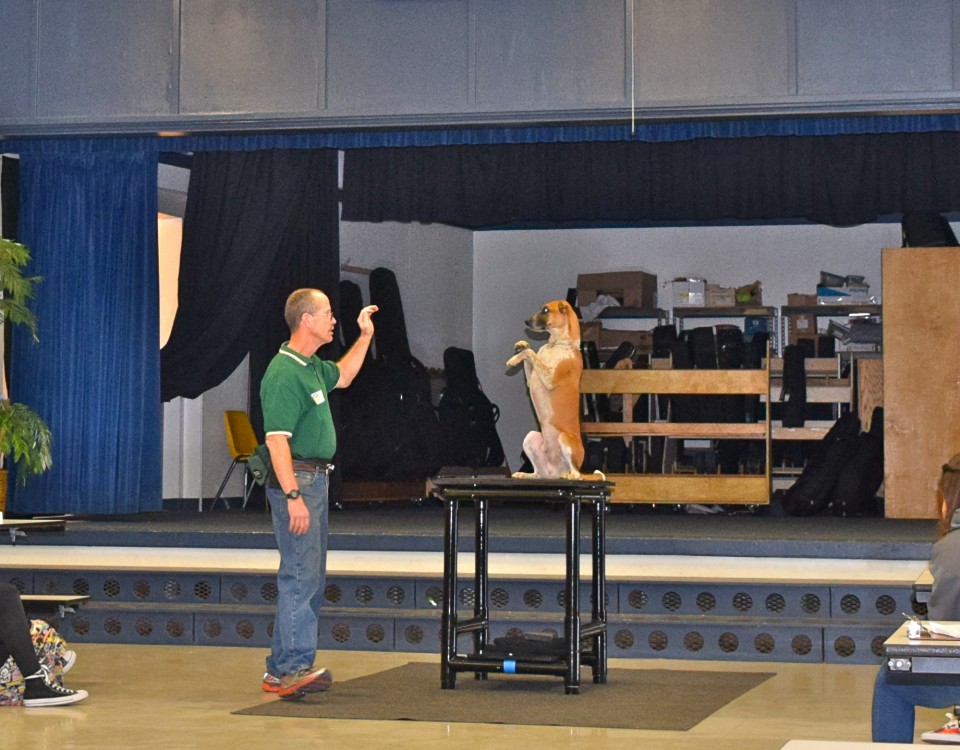Definition of Dog Training
Definition of Dog Training
It would seem as though the phrase “dog training” needs no definition. It’s just training a dog. Training is training is training; right? WRONG! There are almost as many ways to define dog training as there are dog owners. Additionally, there are countless jobs, competitive sports, and activities that one can train a dog for, each requiring a unique set of skills that must be mastered by dog and handler.
It is not the goal of K-9 Adventures to focus on any one specialty in dog training that would appeal to only a limited few, nor is it our goal to engage in what we call “spot training,” that is, training that focuses only on an isolated issue related to a dog’s behavior. For instance, training a dog to stop digging holes in the backyard while completely ignoring everything else going on in his life would be an example of spot training.
Likewise, training a dog to stop pulling his owner’s arms from their sockets every time the leash is put on, without looking beyond that single isolated behavior, would be another example of spot training. Such training is incomplete, makes no sense to the dog, and generally produces very limited results.
So what would be a good way to define what correct dog training should look like? While it is true that every dog (and owner) bring a unique story and set of circumstances to the table, our approach to training follows a consistent pattern, and that consistency is what helps to define our CUSTOMIZED dog training.
K-9 ADVENTURES’ CUSTOMIZED DOG TRAINING GOALS
- By first looking at every aspect of a dog’s inherited temperament, his past, and his present day-to-day life, correct dog training should bring a dog to a place where he is secure, safe, and happy in his pack.
- He should know who his leader is and be completely satisfied with his place in the pack.
- He needs to become under control, whether at home or away, regardless of the level of distraction.
- He needs to be responsive to his leader, demonstrating attentiveness and self-control when presented with the many distractions that life has to offer.
- His training should challenge and motivate him, causing him to enjoy learning and to feel completely engaged with his leader.
- Once trained, he should understand that there are consequences for certain actions he commits that could get him (or his leader) into trouble, and there are plenty of rewards for displaying good behavior that he has learned in his training.
- And, finally, his drives should be completely satisfied because his leader sees to it that he receives sufficient amounts of family time, play, and exercise, all done correctly to cause him to feel secure and content with life.






